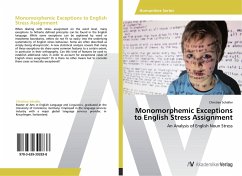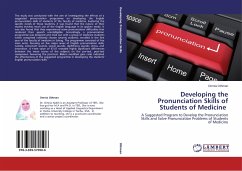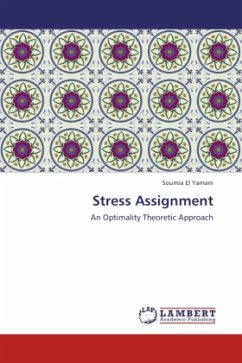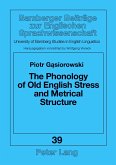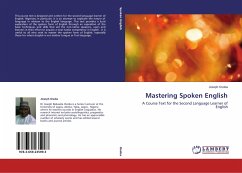When dealing with stress assignment on the word level, many exceptions to hitherto defined principles can be found in the English language. While some exceptions can be explained by word or morpheme boundaries, others do not fit so easliy into the underlying systematicity of English stress behaviour. Some are often described as simply being idiosyncratic. A new statistical analysis reveals that many of these exceptions do share some common features to a certain extent, in particular in their orthography. Can this kind of features be used to establish additional rules in order to account for exceptional cases of English stress assignment? Or is there no other means but to consider these cases as lexcially exceptional?
Bitte wählen Sie Ihr Anliegen aus.
Rechnungen
Retourenschein anfordern
Bestellstatus
Storno

